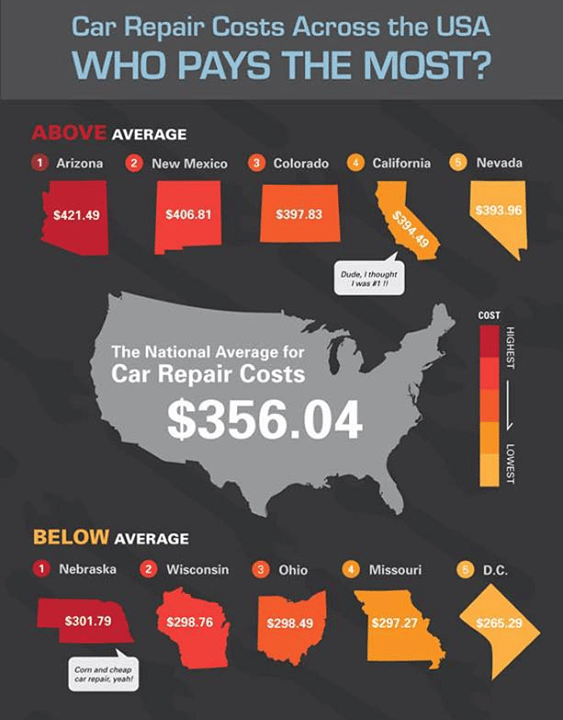Analyzing Your Vehicle'S Alert Lighting: Their Real Ramifications
Analyzing Your Vehicle'S Alert Lighting: Their Real Ramifications
Blog Article
Material By-Lim Forbes
When you lag the wheel, those glowing caution lights on your control panel can be a bit complicated. Do you understand what they're trying to tell you about your vehicle's health? Understanding the relevance of these lights is crucial for your safety and security and the long life of your car. So, the next time among those lights appears, wouldn't you want to decode its message accurately and take the necessary actions to resolve it?
Common Warning Lights and Interpretations
Recognize typical caution lights in your cars and truck and comprehend their significances to ensure risk-free driving.
The most typical caution lights include the check engine light, which signifies issues with the engine or discharges system. If this light begins, it's essential to have your lorry checked immediately.
The oil stress cautioning light shows reduced oil stress, requiring immediate attention to prevent engine damages.
A flashing battery light could suggest a malfunctioning billing system, possibly leaving you stranded otherwise dealt with.
mobilecarwashnearme monitoring system (TPMS) light signals you to reduced tire pressure, influencing car security and fuel performance. Disregarding this can result in dangerous driving conditions.
The ABS light suggests a trouble with the anti-lock stopping system, endangering your capacity to stop swiftly in emergencies.
Last but not least, the coolant temperature advising light warns of engine getting too hot, which can result in extreme damage if not dealt with quickly.
Understanding these common warning lights will help you attend to problems immediately and maintain risk-free driving conditions.
Value of Prompt Attention
Understanding the typical warning lights in your car is just the first step; the relevance of quickly attending to these warnings can not be emphasized enough to guarantee your safety on the road.
When a warning light brightens on your control panel, it's your automobile's method of connecting a possible concern that needs focus. Overlooking these warnings can lead to extra severe troubles down the road, endangering your safety and possibly costing you a lot more in repairs.
Trigger focus to alerting lights can avoid failures and crashes. As an example, a blinking check engine light could suggest a misfire that, if left ignored, could create damages to the catalytic converter. Resolving https://www.motorbiscuit.com/find-experienced-auto-mechanic-can-trust/ without delay can save you from an expensive repair service.
Similarly, a brake system cautioning light could indicate low brake liquid or worn brake pads, crucial elements for your safety and security when driving.
Do It Yourself Troubleshooting Tips
If you see a caution light on your control panel, there are a couple of do it yourself troubleshooting pointers you can attempt before looking for specialist help.
The first step is to consult your car's manual to comprehend what the certain warning light shows. Sometimes the problem can be as straightforward as a loose gas cap triggering the check engine light. Tightening up the gas cap may resolve the issue.
One more common issue is a low battery, which can cause various alerting lights. Checking the battery links for deterioration and ensuring they're secure may repair the trouble.
If a caution light continues, you can attempt resetting it by separating the auto's battery for a few minutes and then reconnecting it. Additionally, examining your lorry's fluid levels, such as oil, coolant, and brake liquid, can help fix cautioning lights associated with these systems.
https://emilioxndul.blogofchange.com/31748094/ten-secret-referrals-for-selecting-the-most-reliable-automobile-service-center-in-your-area
To conclude, recognizing your cars and truck's warning lights is crucial for keeping your vehicle running smoothly and securely. By without delay dealing with these informs and understanding what they mean, you can prevent pricey repairs and prospective breakdowns.
Keep in mind to consult your vehicle's guidebook for specific information on each cautioning light and take action as necessary to guarantee a hassle-free driving experience.
Keep educated, remain safe when driving!
